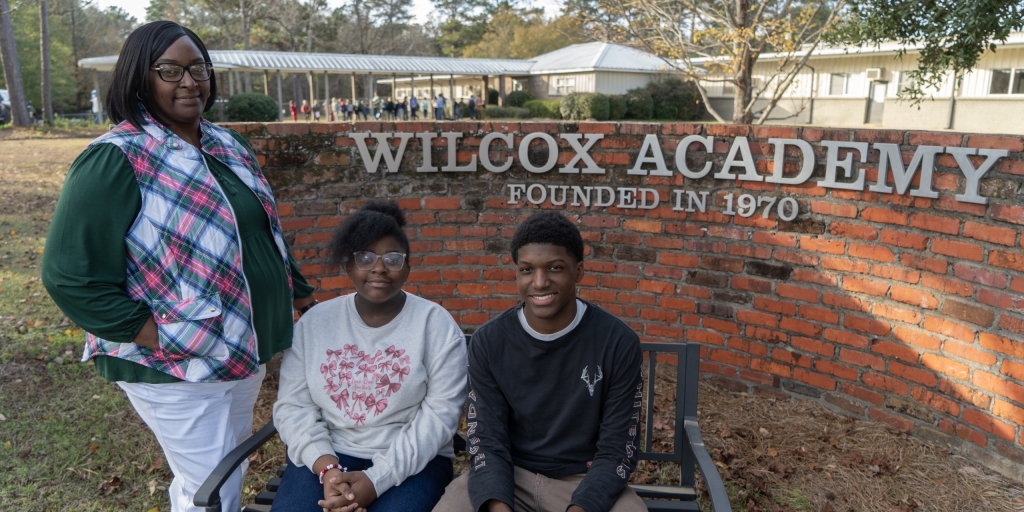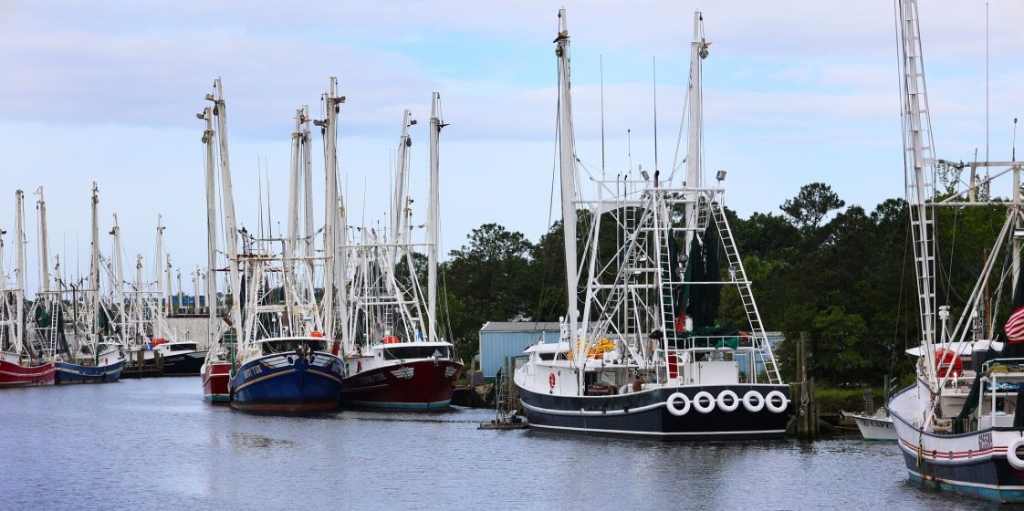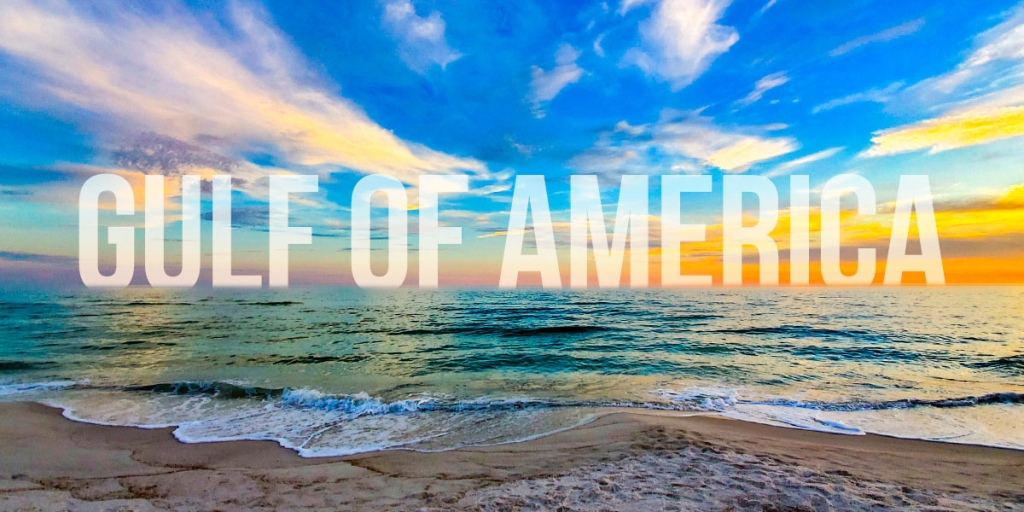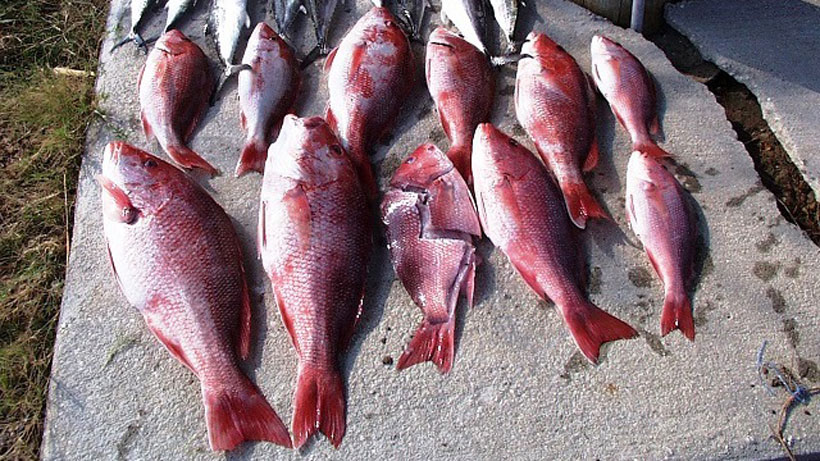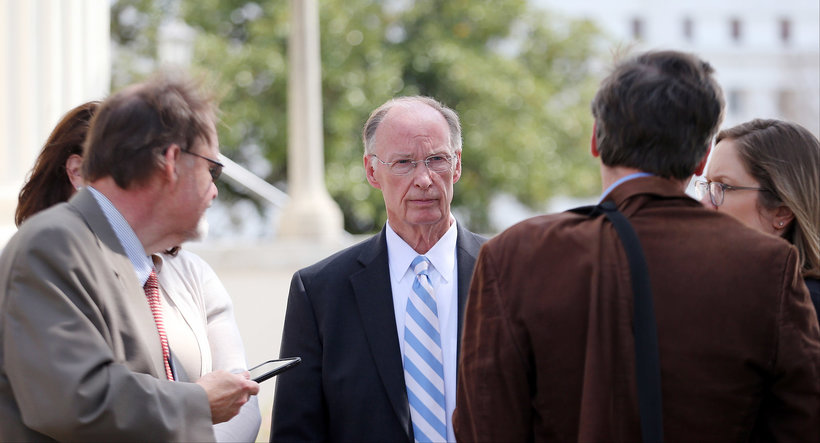
MONTGOMERY, Ala. – Alabama Gov. Robert Bentley on Tuesday announced that in a third round of grants from the Gulf Environmental Benefit Fund, the National Fish and Wildlife Foundation (NFWF) has approved more than $21 million for five Alabama projects to restore some of Alabama’s natural resources affected by the 2010 BP Deepwater Horizon explosion and oil spill.
“The Gulf Coast of Alabama is one of the state’s greatest natural treasures, and it is important we restore it from the devastation caused by the 2010 oil spill,” Governor Bentley said. “The $21 million we will receive from the National Fish and Wildlife Foundation will support our continued long-term recovery efforts from the adverse effects of the oil spill. I appreciate the unified effort of our local, state and federal partners who are working with us in this long-term recovery process to restore the Alabama Gulf Coast.”
The Gulf Environmental Benefit Fund was established in 2013 when a U.S. District Court made BP and Transocean–the Swiss-based offshore drilling contractor that owned Deepwater Horizon–provide $2.544 billion to the NFWF to fund Gulf Coast restoration projects. A total of $356 million will be paid into the Gulf Fund over a five year period for conservation projects in the State of Alabama.
While projects are necessary to help Alabama’s Gulf Coast continue its recovery, some Alabama legislators are discontent with how much control Montgomery has over how other parts of the settlement money is divvied out.
However, the 2015 Gulf Environmental Benefit Fund projects are primarily focused on Alabama’s coastal counties.
Alabama 2015 Projects include:
Multifaceted Fisheries and Ecosystem Monitoring in Alabama’s Marine
approximately $2.1 million
“This project represents the second year of the fisheries monitoring effort in the state of Alabama. The data collected will be used to improve ecosystem-based management capabilities, assess the recovery of reef fish stocks in association with other fisheries restoration efforts, and improve and expand single-species stock assessments for managed fish species.”
Grand Bay Acquisition
approximately $1.7 million
“This project proposes the acquisition of three parcels consisting of 647 acres of priority coastal habitat in southwestern Mobile County. Grand Bay is one of the most pristine and diverse areas remaining on the Alabama Gulf coast and the parcels proposed for acquisition are critical inholdings that link existing protected and managed areas, providing a more holistic approach to long-term management and stewardship for the Grand Bay system.”
Mobile Bay Shore Habitat Conservation and Acquisition Initiative – Phase I
approximately $300,000
“This project advances goals of conserving and protecting coastal habitat through land acquisition in Mobile Bay. Gulf Environmental Benefit Funds will be utilized to perform the necessary due diligence activities to inform future acquisition and management of several key intact tidal marsh habitats within the jurisdiction of the City of Mobile. Specific focal priorities include restoring and conserving habitats that support estuarine and marine fisheries and wildlife.”
Mobile County Conservation Acquisition
approximately $4.2 million
“This project proposes to expand the Mobile County Commission’s investment in habitat conservation and restoration by acquiring and conserving a 233-acre parcel located on Mobile Bay near the mouth of Fowl River. The parcel contains approximately 90 acres of brackish marsh habitat and transitional upland habitat with a high diversity of plants, birds and aquatic species. Funding will be utilized to complete due diligence and acquisition of the parcel, and the development of a conservation stewardship and management plan.”
Alabama Artificial Reef and Habitat Enhancement
approximately $12 million
“This project will fund the enhancement and expansion of the state’s artificial reef program to improve habitats for reef fish and other species in coastal Alabama. Extensive research will be conducted to monitor the biological succession; temporal/spatial patterns of habitat utilization; and evaluate the structural integrity, durability, and stability of the habitat enhancement projects.”
These projects granted under the Gulf Environmental Benefit Fund allow the state to continue forward to full restoration of coastal Alabama, according to the Alabama Department of Conversation and Natural Resources.
“As part of our ongoing efforts to restore and protect Alabama’s natural resources, these projects are the culmination of a great deal of hard work and coordination with the National Fish and Wildlife Foundation, as well as the grant recipients,” Alabama Department of Conservation and Natural Resources Commissioner N. Gunter Guy, Jr. said.
“Coupled with those projects funded in earlier rounds, this third phase of funding through the Gulf Environmental Benefit Fund moves us one step closer to a more resilient coastal Alabama.”
Additional information on each project will soon be available on the following websites: www.alabamacoastalrestoration.org/nfwf and www.nfwf.org/gulf.
https://twitter.com/caseycappa/status/634418932192030720




